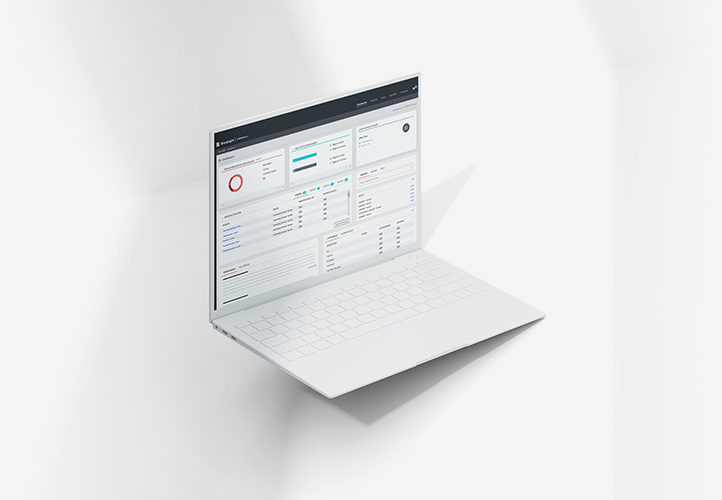Jun 10, 2019 - by Staff Writer
ATTN: All Domain Name Professionals - Now is the Time for a Portfolio Review
As we move further into the summer months and the demands made upon domain professionals typically ease, now is the ideal time to review domain name portfolios. And technology solutions can greatly automate this process. Ensuring that portfolios are pared, appropriate levels of security are implemented, and domains point to relevant content are all key areas upon which to focus.
Paring Portfolios
Always easier said than done, most corporate domain name managers freely admit that domains exist within their portfolios that are no longer needed or even wanted. However, given that the amount of money spent to renew domains can be relatively low (especially for .com domains), the return-on-investment to pare portfolios often isn’t there. And given that a lapsed domain can often easily be reregistered and used for potentially nefarious purposes, most domain professionals are not willing to take that chance. All that said, here are the tests that should be applied, before any domain is allowed to lapse. And if significant cuts can be made to more expensive ccTLDs (country-code top level domains), then the savings achieved can make this process worthwhile.
Key tests for lapsing domains:
- Domains receiving little or no traffic over a 90-day period
- Domains for which no DNS records exist
- Domains not previously subject of a UDRP
- Domains that are not associated to company-owned brands
- Domains that do not have any inherent value on the secondary market
- Domains that will not cause concern if reregistered
- Domains that have approval from stakeholders to lapse
If domain professionals are able to answer YES to each of these tests, then domains can more-safely be allowed to lapse.
Evaluating Domain Name Security
By now, it’s common knowledge that domain professionals should work with registrars that focus on security, and require two-factor authentication, provide IP access restrictions, and monitor for unauthorized nameserver updates and suspicious login activity – and above all provide registry locking services. Registry locking services provide the highest levels of security by disabling automated updates and requiring an offline protocol to be completed prior to any change to the domain. The real question remains, which domains should be registry locked?
Allowing your registrar to determine this for you is an option, although the costs for this service are not inexpensive. It makes sense to specifically choose the domains that require the heightened security that registry locking can provide.
Clearly, domains that are used for core or transactional websites should be registry locked. IT and web security teams can be helpful in providing lists of websites that should be secured. Domains that are used for hosting email should also be registry locked, however without accessing DNS records for domains under management, it’s impossible to know with certainty which those are. Surprisingly, even in 2019, many highly-trafficked domain names are still not registry locked.
Pointing Names to Relevant Content
Generally speaking, all domains should resolve to live content. Domain professionals should ensure that both the root and www versions of domains resolve to the same location. Within many corporate domain name portfolios, it is not uncommon to see discrepancies. For defensive registrations, consider using a standard forwarding solution to capture traffic statistics to inform renewal decisions. For even greater insight into how domain names are being used, consider appending UTM codes to forwarded domains. By doing so, standard web analytics platforms provide detail about the pages being viewed, the length of sessions, and a number of other variables including the geographical location of the website visitor, their browser type, and the operating system being used, to name a few.
A more exhaustive portfolio review might include trying to uncover lost or forgotten domains, searching for new registration opportunities, and a more in-depth review of ownership details, but focusing on these three areas this summer, using an automated technology solution, will help ensure that domain portfolios are secure and optimized.
